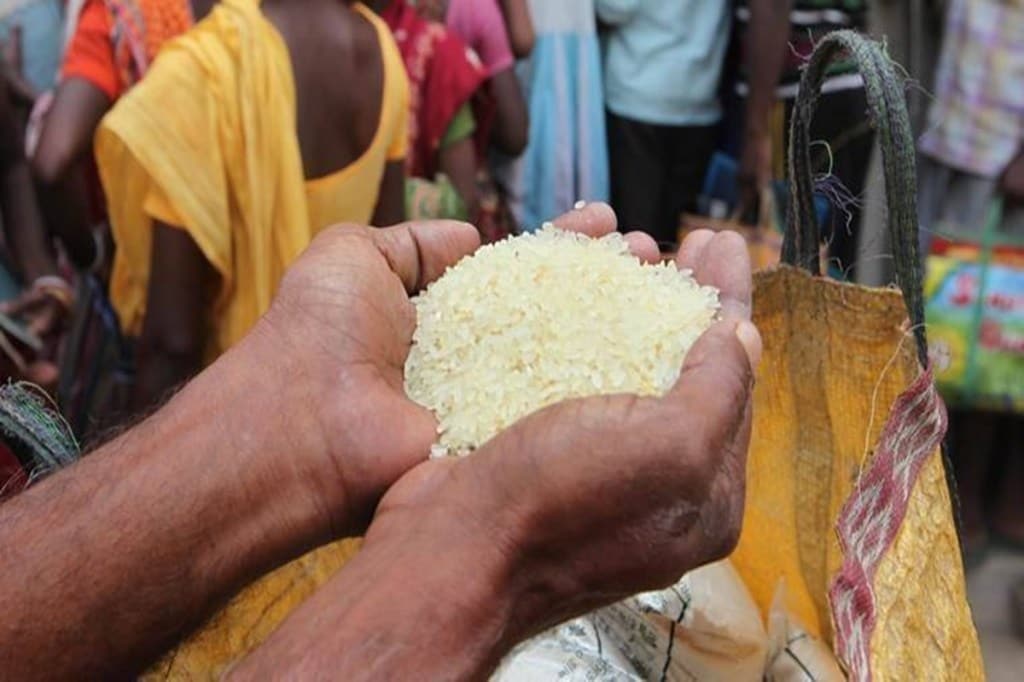Given that states now anticipate the restrictions on school re-opening shall stay for a long time, they are now developing mechanisms to ensure that students get dry rations at home.
The Delhi government, which was earlier disbursing cash-allowances in lieu of the mid-day meal, announced on Tuesday that it will deliver dry rations to homes of students instead. Although some states had worked out dry-rations delivery strategies as far back as in March, Delhi and some others have been debating cash transfers versus dry rations delivery.
Bear in mind, the Delhi government started cash transfers for mid-day meals only after the Delhi High Court ordered it to ensure that students got their entitlements. The move to delivering dry rations makes more sense than cash transfers, given the transfer is not tied to purchase of food by the beneficiary. Given India’s record on undernutrition—the latest NFHS data shows that the situation is worsening—it is better that states provide rations.
However, kinks in the delivery mechanism need to be worked out. In September, an Oxfam report had shown a variation in performance among states. As against 90% children receiving mid-day meals in Chhattisgarh, in Uttar Pradesh, 92% children had been deprived of mid-day meal in any form.
Across five states—UP, Bihar, Odisha, Chhattisgarh and Jharkhand—35% children didn’t receive mid-day meals or cash transfers. To guard against fraud, Delhi should either choose tied transfers/food coupons redeemable in the PDS process, or Aadhaar authentication of beneficiaries for dry-rations delivery.


